
Should You Piggyback on a Piggyback Loan?

 Investing in real estate is one of the best ways to build equity and financial security. One of the most common ways of homeownership is taking out a mortgage loan. Some savvy home buyers often opt for piggyback loans so that they can avoid paying private mortgage insurance (PMI). However, although the idea of piggyback loans sounds great, there are a few things to consider before opting out of the loan.
Investing in real estate is one of the best ways to build equity and financial security. One of the most common ways of homeownership is taking out a mortgage loan. Some savvy home buyers often opt for piggyback loans so that they can avoid paying private mortgage insurance (PMI). However, although the idea of piggyback loans sounds great, there are a few things to consider before opting out of the loan.
A piggyback loan is a term a mortgage lender uses when a borrower takes out a first and second mortgage at the same time. This is more often than not to avoid paying PMI and higher interest rates. In some cases, it is to avoid a jumbo loan. The first mortgage usually covers 80% of the purchase price as a traditional 30-year fixed-rate mortgage. This is without regular private mortgage insurance.
The second mortgage, the piggyback, often covers 10% of the home price, usually as a (HELOC) home equity line of credit. The 10% of the home price is paid as a cash-down payment by the borrower. As with most financial decisions, making the right choice often depends on your current financial position and how you can meet your goals. Here are some reasons why you should opt for piggyback loans.
Avoiding Paying Private Mortgage Insurance
 One of the most common reasons people opt for a piggyback loan is to avoid paying private mortgage insurance (PMI). This protects the lender from default payment. It’s a cheaper option for the homeowner to get two mortgages with tax-deductible interest. While it may benefit you in the long run, it is always better to check with your tax advisor before opting for it. When you have 20% equity or more in the home, talking to your lender about dropping PMI is better. Otherwise, most often, you may have to drop the PMI when you reach 22 % equity in the home.
One of the most common reasons people opt for a piggyback loan is to avoid paying private mortgage insurance (PMI). This protects the lender from default payment. It’s a cheaper option for the homeowner to get two mortgages with tax-deductible interest. While it may benefit you in the long run, it is always better to check with your tax advisor before opting for it. When you have 20% equity or more in the home, talking to your lender about dropping PMI is better. Otherwise, most often, you may have to drop the PMI when you reach 22 % equity in the home.
Lower Down Payment
Piggyback loans are also one way to finance more than 80% of the home’s purchase price (or 80% loan-to-value or LTV). For example, if a homebuyer only can pay a 5% down payment, they can pay an amount of 80/15/5. The first 80 is about paying the first mortgage, which finances the first 80% of the home’s cost price.
Next, the 15 points out to the second mortgage, which finances another 15% of the cost price. The five is referred to as the borrower’s 5% down payment. There are two combinations of the same, 80/15/5 or 80/10/10. However, some lenders can allow 80/20, in which the second mortgage may cover the purchase price without any down payment.
The Convenience Factor
Getting a piggyback loan is convenient for home buyers. It is convenient because you do not have to do two closings and sign two pieces of paperwork. Suppose your primary lender does not give you the option of piggyback loans. In that case, they may recommend another lender with whom they already have an established relationship which works great for them.
Sometimes, the second loan is so structured that it allows the homeowner to use it for practical purposes. For example, if the second loan is a home equity line of credit, the homeowner may use the loan for various home improvements.
They may even be structured in a way that may need you to dole out interest-only payments. That means you may have to pay only the interest for a certain period, though you can top it off with as much of the principal amount as you wish. This offers homeowners the freedom to do whatever they want with their money. The other option to utilizing it to best effect is to divert it toward their 401(K) or other financial investments to pay off the high-interest credit card debt for those certain emergencies.
Saying No to Jumbo Loan Interest Rates

If you are in the market to buy a super-expensive home, you may be better off avoiding opting for the lending limits of jumbo loans. Instead of choosing a jumbo loan with high interest, the borrower can opt for a piggyback loan of $40,000 to cover the difference.
Let us say your local laws offer a lending limit of $500,000. You can put down the amount of $60,000 on a $600,000 home but may have to finance the rest. The lower interest rates on the first mortgage will stand you in good stead in the future.
If you are buying a home and are debating whether you need a piggyback loan. It is best to talk to your mortgage advisor, who will guide you through the entire process of securing the right loan for your home.
More in Loans & Mortgages
-
`
Curious About Travis Kelce’s Net Worth? Here’s the Scoop!
Travis Kelce’s name echoes through NFL stadiums, synonymous with athletic prowess and electrifying plays. But beyond his touchdown celebrations and record-breaking...
June 10, 2024 -
`
Everything You Need to Know About an Assumable Mortgage
What is an Assumable Mortgage? Whether you are a buyer or a seller, understanding the concept of assumable mortgages can open...
June 6, 2024 -
`
Layoff vs. Fired – Understanding the Crucial Differences
When it comes to job loss, understanding the distinction between being layoff vs. fired is crucial. While both situations result in...
May 30, 2024 -
`
When Are Business Taxes Due 2024? Essential Dates and Deadlines
Tax deadlines can be daunting, but fear not! Let’s break down everything you need to know to stay on top of...
May 22, 2024 -
`
How Much Does Jeff Bezos Make Per Hour? It’s More Than You Think!
Jeff Bezos, a name synonymous with innovation and wealth, stands as one of the world’s richest individuals. While Bernard Arnault and...
May 16, 2024 -
`
What is Portfolio Investment Entity (PIE) and How Can it Benefit You?
In the intricate world of finance, individuals seek avenues to optimize their investments while minimizing risks. One such avenue gaining traction...
May 9, 2024 -
`
What is a Bank Statement? Understanding its Definitions, Benefits, and Prerequisites
Ever wondered where your money goes? A bank statement is like a financial report card, giving you a clear picture of...
April 30, 2024 -
`
Branded Content: A Genuine Way to Connect With Your Audience
Have you ever binge-watched a series on Netflix, only to later realize that the beverage everyone’s sipping on is that brand...
April 23, 2024 -
`
What Car Does Jeff Bezos Drive? Find Out Inside His Exclusive $20 Million Collection
Have you ever wondered what car does Jeff Bezos drive? This man’s tastes in vehicles are as expansive as his business...
April 17, 2024


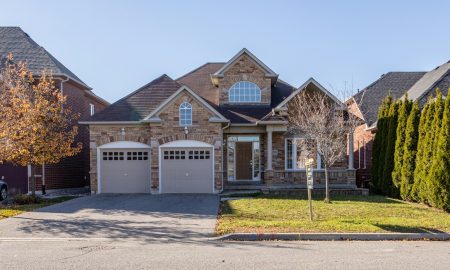

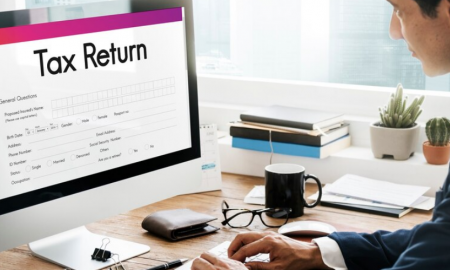

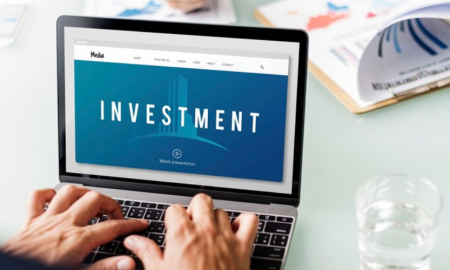
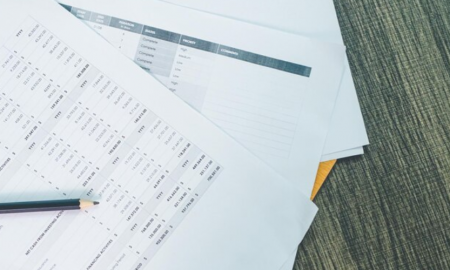


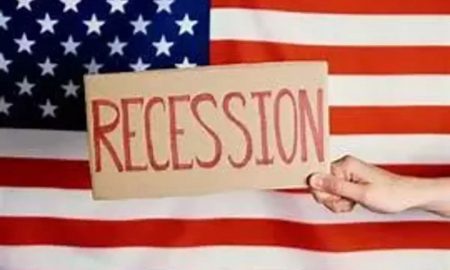




You must be logged in to post a comment Login